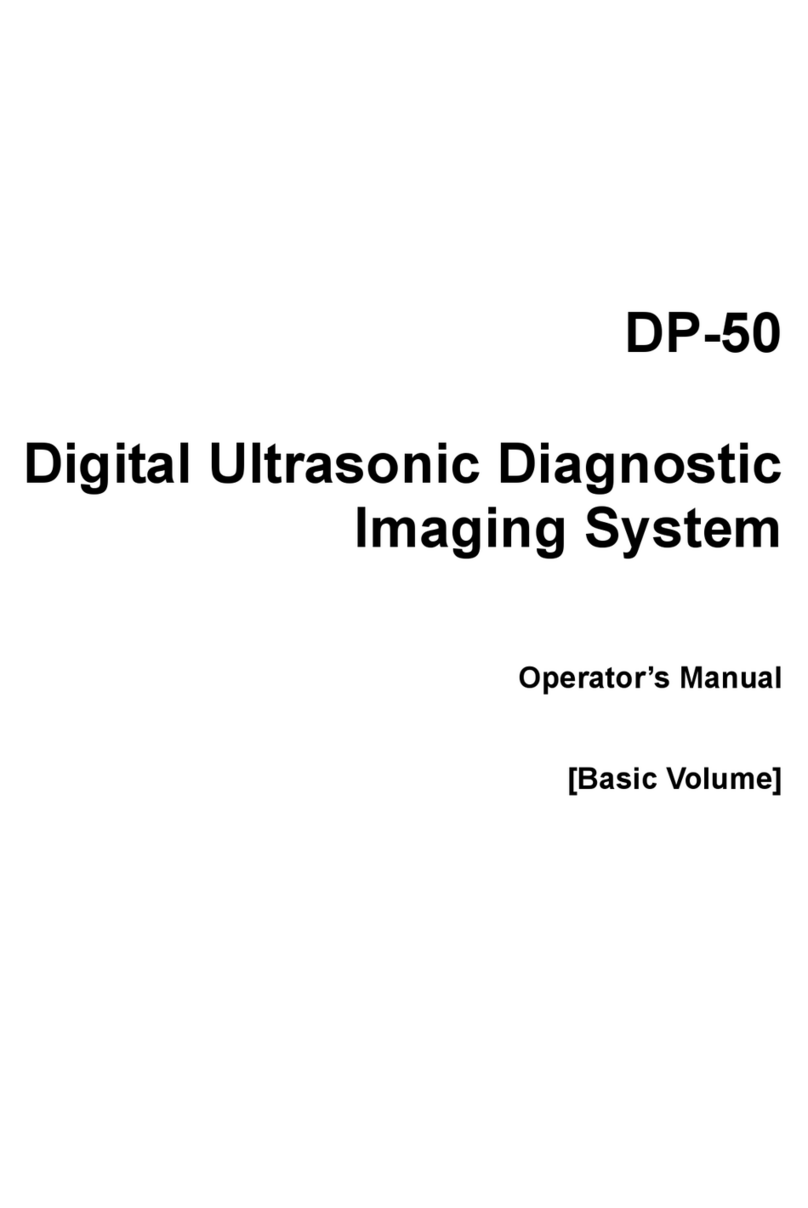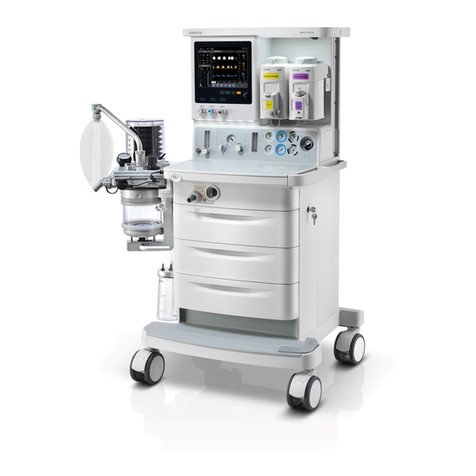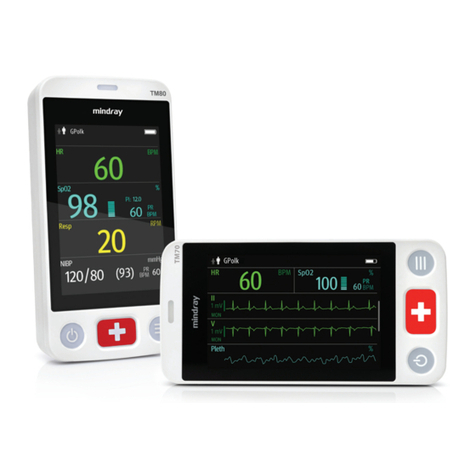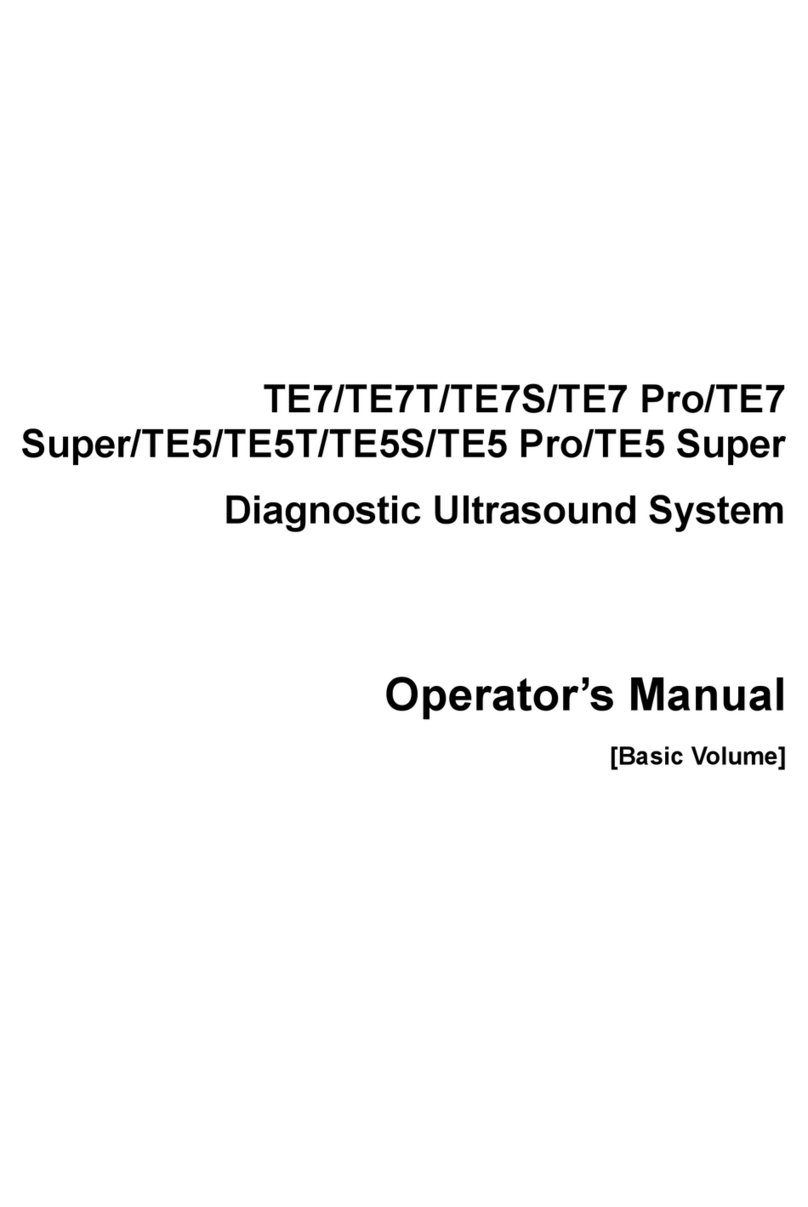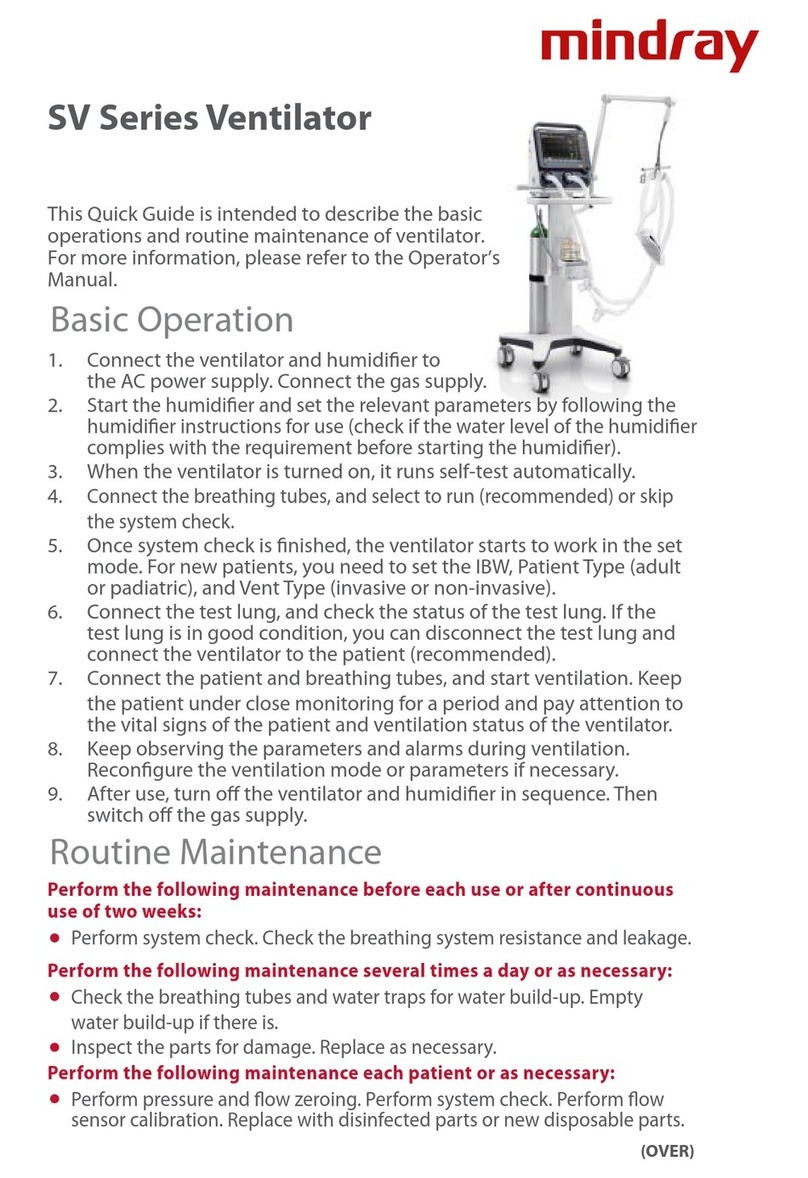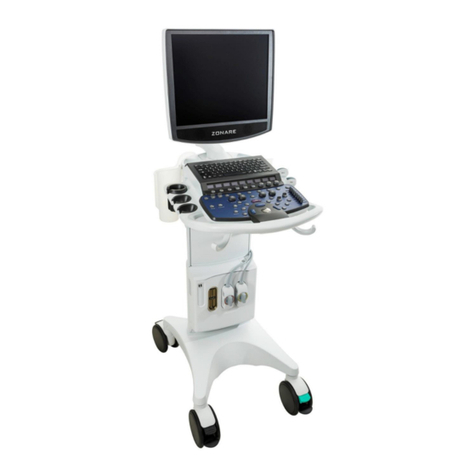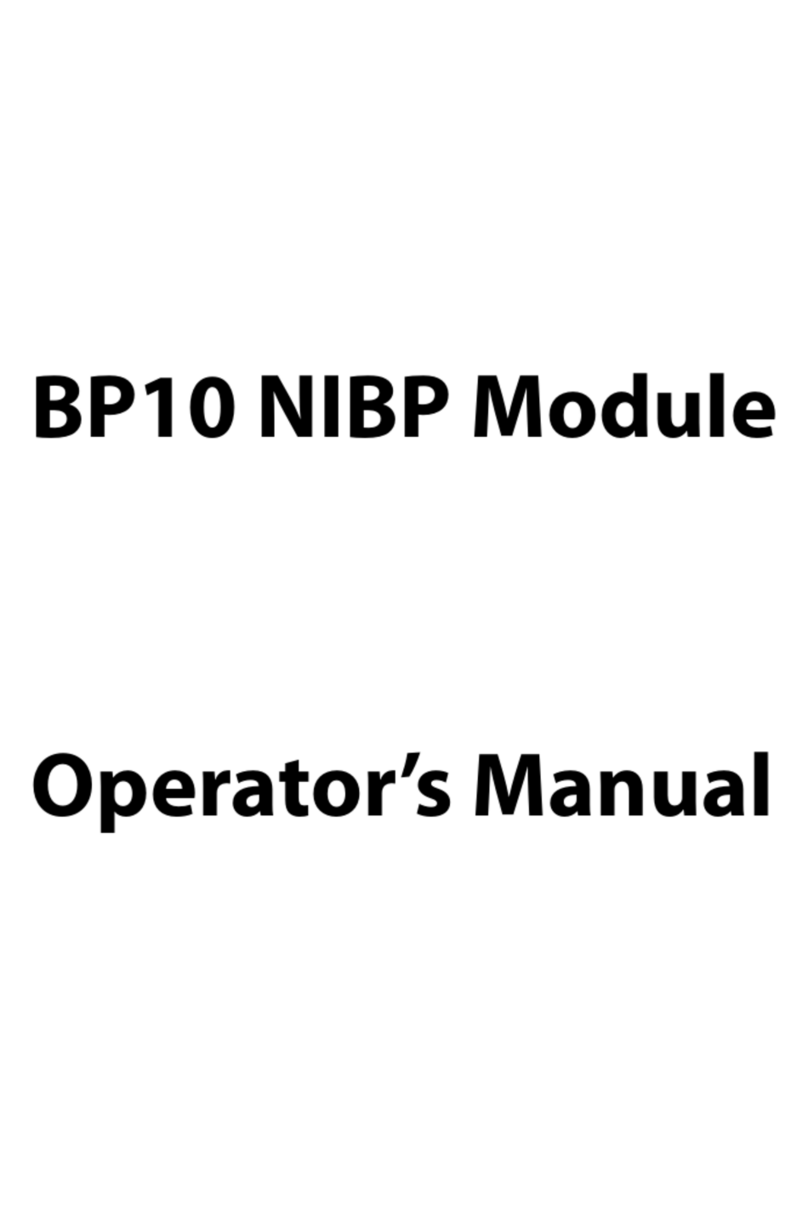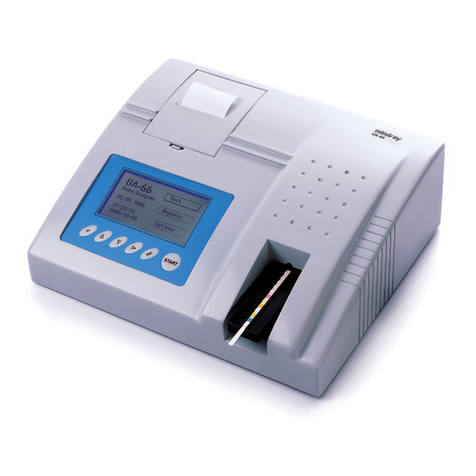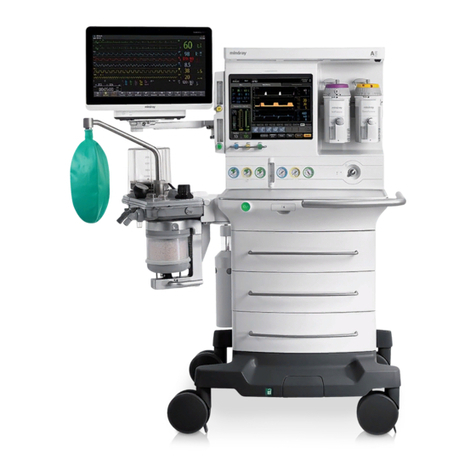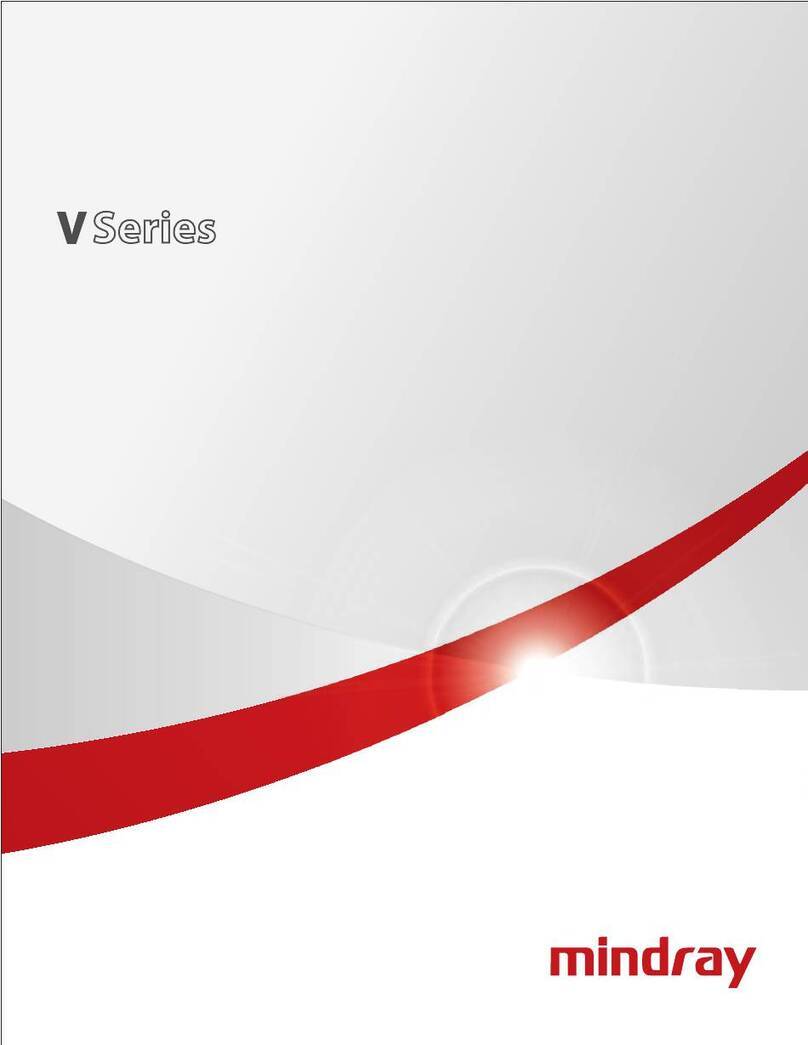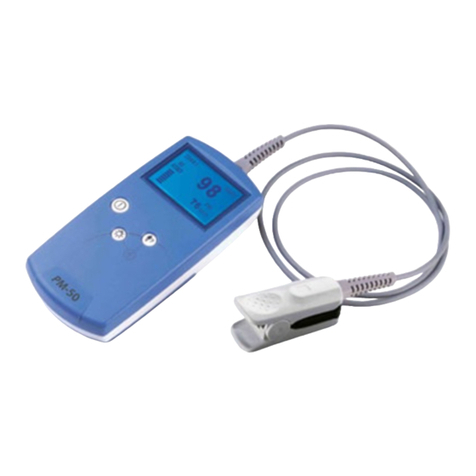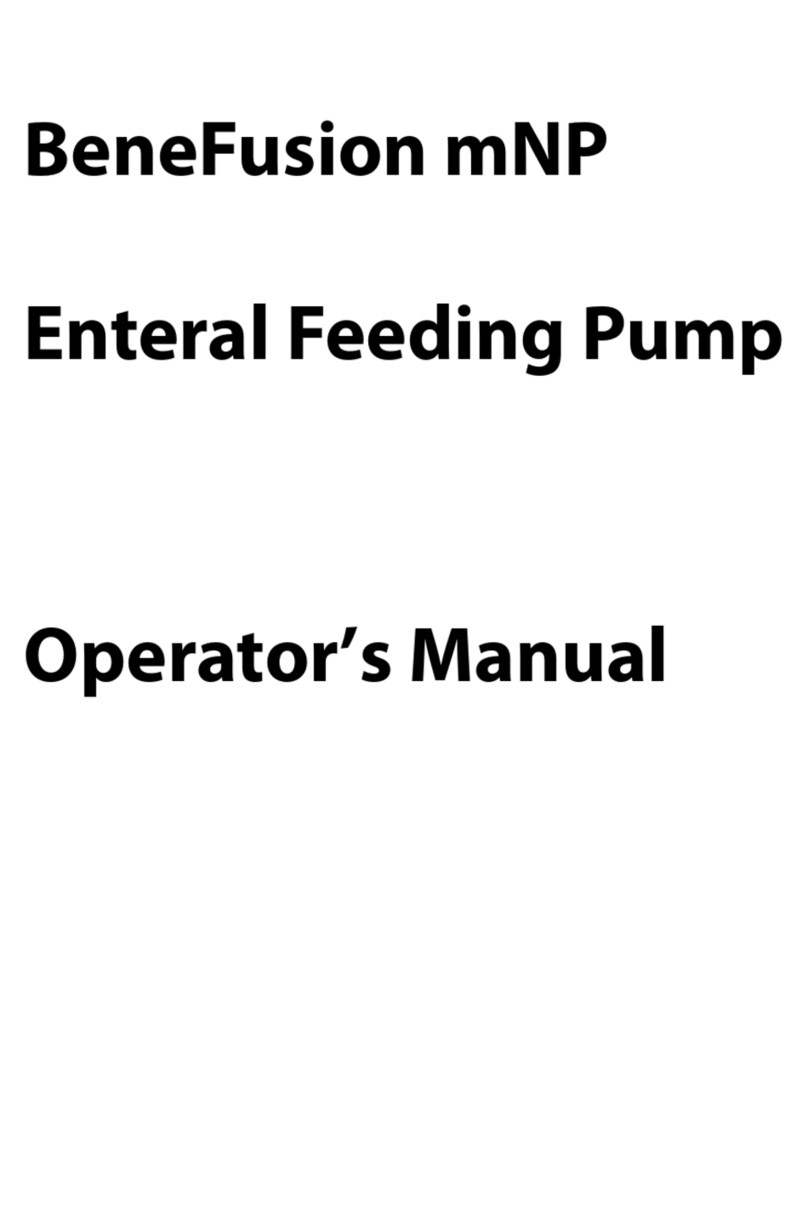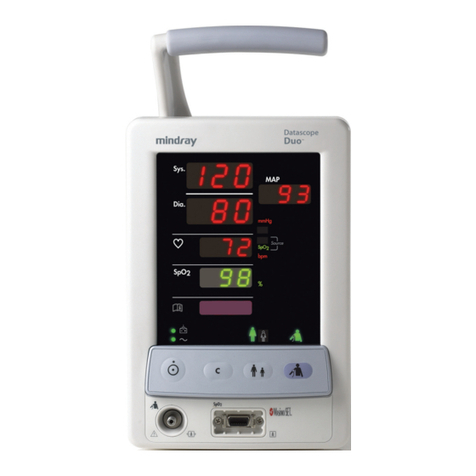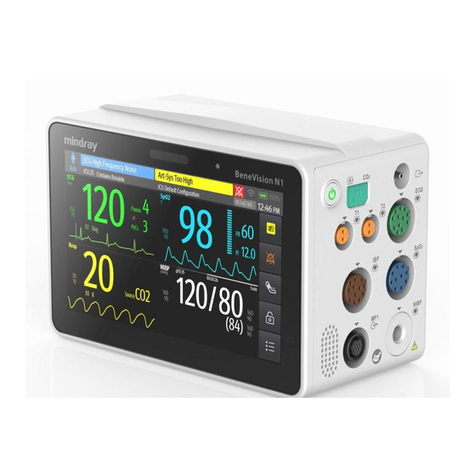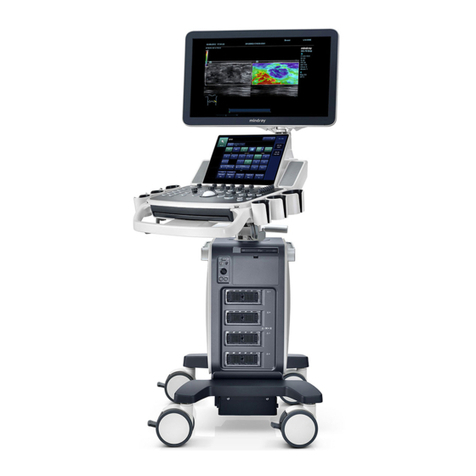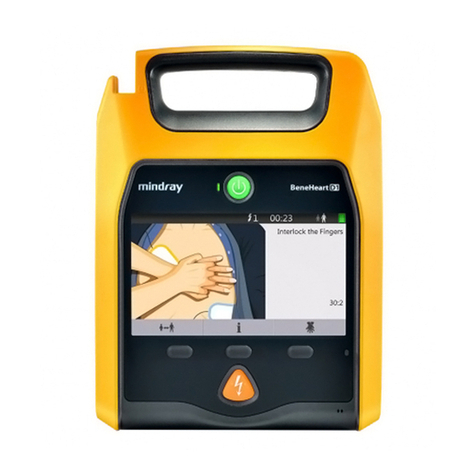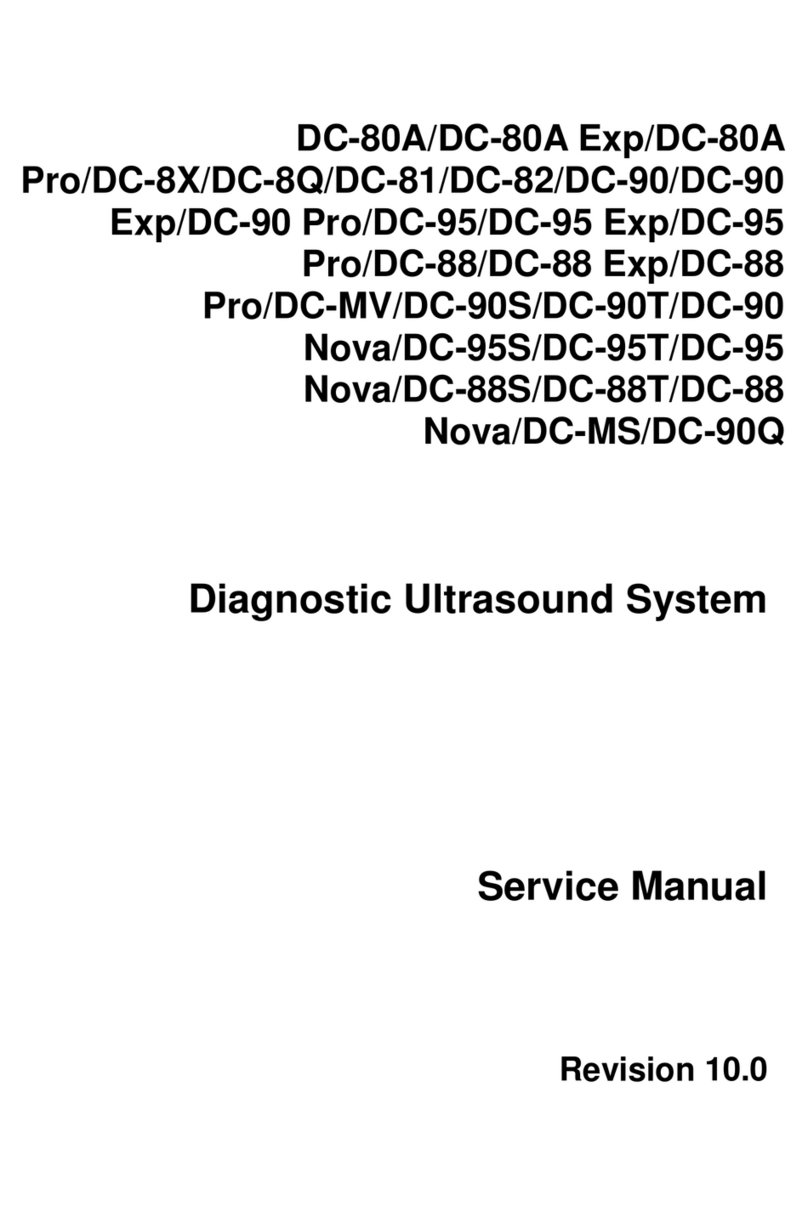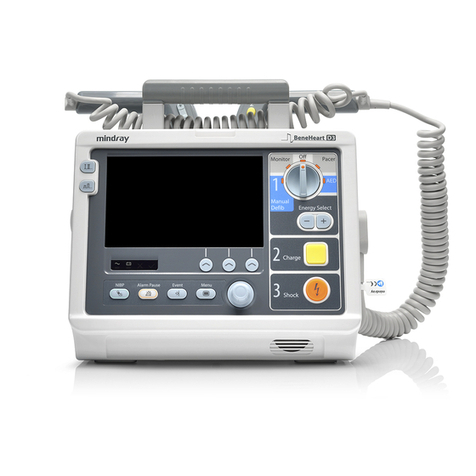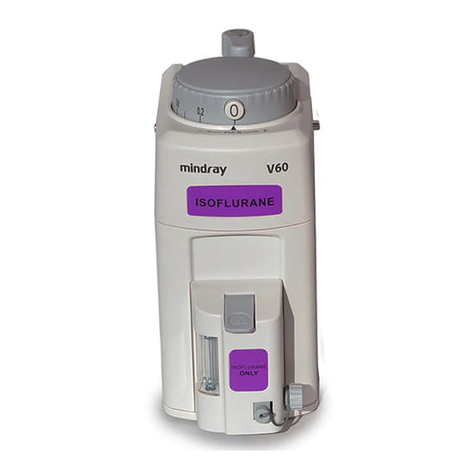
Service Manual
I
Contents
Chapter 1 About the Product .....................................................................................................1
1.1 Introduction......................................................................................................................1
1.2 Application .......................................................................................................................1
1.2.1 General ......................................................................................................................1
1.3 Environment ....................................................................................................................3
1.3.1 Temperature.............................................................................................................3
1.3.2 Humidity ...................................................................................................................3
1.3.3 Electrical specification ..............................................................................................3
Chapter 2 Principles....................................................................................................................4
2.1 General ............................................................................................................................4
2.1.1 Parameter Measurement............................................................................................5
2.1.2 Main Control Part......................................................................................................5
2.1.3 Man-Machine Interface.............................................................................................5
2.1.4 Power Supply ............................................................................................................5
2.1.5 Other Auxiliary Functions.........................................................................................5
2.2 Hardware Description .......................................................................................................6
2.2.1 Main Board ...............................................................................................................7
2.2.2 ECG/RESP/TEMP Module .......................................................................................9
2.2.3 CO/IBP Module....................................................................................................... 11
2.2.4 SpO2Module...........................................................................................................12
2.2.5 NIBP Module ..........................................................................................................13
2.2.6 Recorder Module.....................................................................................................14
2.2.7 Button Panel............................................................................................................15
2.2.8 Power PCB..............................................................................................................16
2.3 Software Description.......................................................................................................17
2.3.1 General ....................................................................................................................17
2.3.2 System Task.............................................................................................................18
2.3.3 System Function.............................................................................................................19
2.4 System Parameter............................................................................................................20
2.4.1 General ....................................................................................................................20
2.4.2 ECG/RESP ..............................................................................................................20
2.4.3 NIBP........................................................................................................................21
2.4.4 SpO2........................................................................................................................22
2.4.5 TEMP ......................................................................................................................22
2.4.6 IBP ..........................................................................................................................22
2.4.7 CO ...........................................................................................................................23
2.4.8 CO2..........................................................................................................................23
2.4.9 AG...........................................................................................................................23
